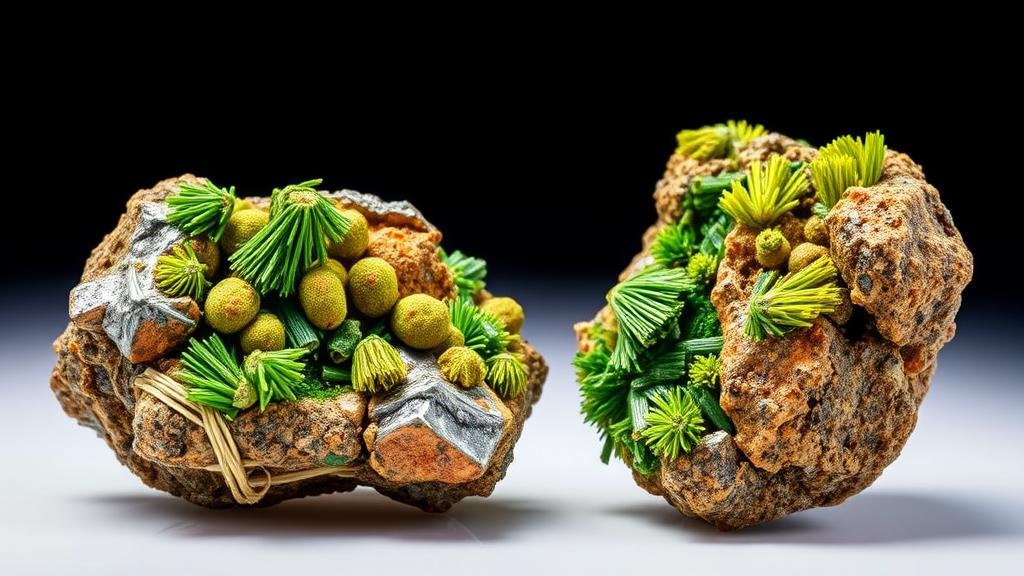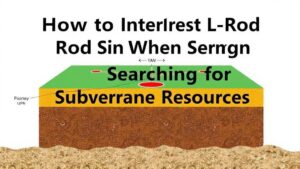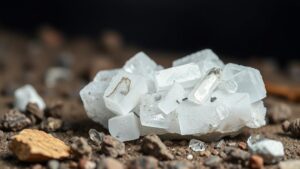Identifying Bornite and Its Association with High-Grade Copper Deposits
Identifying Bornite and Its Association with High-Grade Copper Deposits
Bornite, often referred to as peacock ore due to its iridescent colors, is a significant copper iron sulfide mineral (Cu5FeS4) that plays a crucial role in the context of mineral exploration and mining, particularly in the assessment of high-grade copper deposits. This article explores the identification of bornite, its geological significance, and its implications for copper resource development.
Understanding Bornite: Characteristics and Identification
Bornite is recognized for its characteristic colors, ranging from copper-red to purple and blue, which arise from its unique crystal structure and oxidation state. Identifying bornite in the field is crucial for geologists and prospectors, as it indicates the potential presence of copper deposits.
Key identifying features of bornite include:
- Color: Bornite exhibits a distinctive metallic luster and may display a range of colors, particularly upon weathering.
- Hardness: On the Mohs scale, bornite typically measures about 3 to 3.5, making it relatively soft compared to other minerals.
- Crystal Habit: It often crystallizes in a tetragonal form, appearing as granular aggregates or tabular crystals.
- Streak: The streak of bornite is brownish-black, which can help differentiate it from other copper minerals.
Geological Context of Bornite
Bornite is most commonly found in igneous and metamorphic rocks, particularly in areas of hydrothermal activity. Its association with high-grade copper deposits is often a result of the processes that alter and mineralize copper sulfides.
High-grade copper deposits characterized by bornite occur in various geological settings, including:
- Porphyry Copper Deposits: Bornite is a prominent mineral in many porphyry copper systems, often found alongside chalcopyrite and molybdenite.
- Volcanogenic Massive Sulfide (VMS) Deposits: In VMS deposits, bornite can form through the circulation of seawater in hydrothermal systems, enriching the sulfide minerals.
Bornite in Economic Geology
The presence of bornite can indicate economically significant copper mineralization. As a copper-bearing mineral, its identification can lead to further exploration efforts, increasing the likelihood of discovering viable mining operations.
Global statistics underscore the importance of copper deposits containing bornite:
- The total annual global copper production was approximately 20 million metric tons in 2020.
- High-grade deposits generally exhibit copper concentrations greater than 1%, emphasizing the economic viability of bornite-rich areas.
Case Studies: Bornite-Associated Copper Deposits
Several notable mining locations provide real-world examples of bornites association with high-grade copper deposits:
- El Teniente, Chile: This world-renowned copper mine is characterized by extensive bornite mineralization, representing one of the largest and highest-grade copper deposits globally.
- Ok Tedi, Papua New Guinea: Bornite is also prevalent in this large porphyry copper-gold deposit, contributing significantly to its economic yield.
Challenges and Considerations
While bornite serves as a positive indicator of economic mineralization, it is essential to approach its exploration with caution. Variability in weathering processes can alter bornites physical characteristics, complicating field identification. Also, environmental regulations and community considerations in mining operations can impact the feasibility of extracting copper resources associated with this mineral.
Actionable Takeaways
For geologists and mining professionals engaged in copper exploration, understanding how to identify bornite is invaluable. The following strategies can enhance exploration efforts:
- Conduct comprehensive field studies to differentiate bornite from other copper minerals using both physical and chemical tests.
- Use advanced geochemical analysis to assess bornite distribution in potential mining sites.
- Develop community engagement programs to address the social implications of mining operations linked to bornite deposits.
To wrap up, identifying bornite is critical in the search for high-grade copper deposits. As significant contributors to the global copper supply, understanding the geological and economic contexts of bornite enhances the feasibility and sustainability of mining operations.



